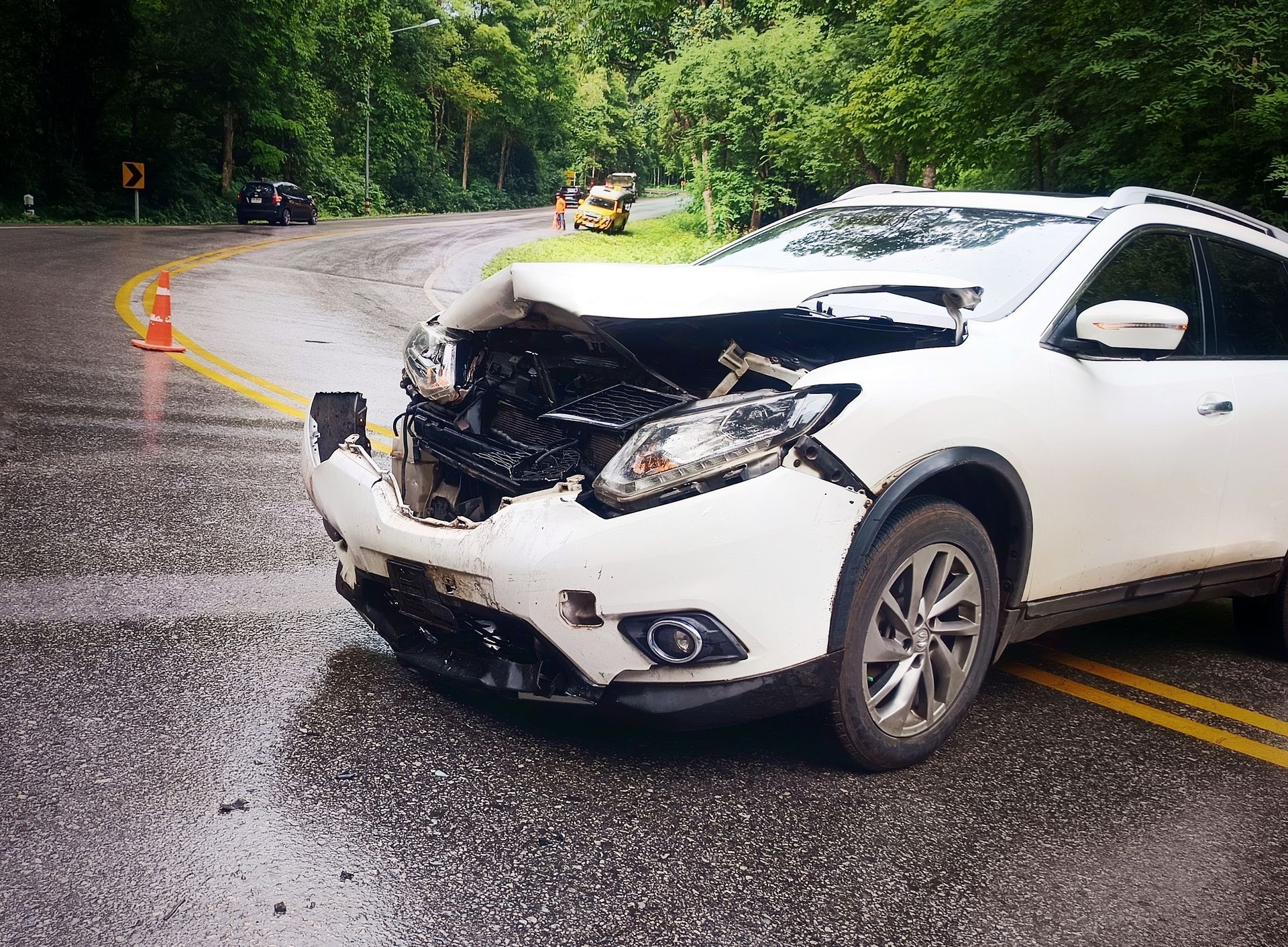Sargon Law Blog
Recent Blog Posts
How Do You Prove Medical Negligence in Arizona?
When you visit your doctor, you expect to receive high-quality medical care. Sadly, not all physicians treat their patients with respect. In one shocking report, almost 15% of doctors admitted to consuming alcohol or drugs on the job. This can have horrendous consequences for the lives of patients and family members. If you were harmed by a doctor's actions, how do you prove medical negligence in Maricopa County?
How Do You Prove Medical Negligence?
Proving medical negligence in court requires showing evidence of four key pillars:
- A duty of care between doctor and patient
- Negligent actions that breached the duty of care
- The link between the negligence and your injuries
- Damages as a result of your injuries
It's not enough to prove one or two of these claims. As the injured party, it's your responsibility to show clear evidence of all four factors. That's why it's vital to have an experienced medical negligence law firm in Maricopa County handle your case.
What Does Medical Negligence Mean in Arizona?
Not all injuries related to surgery are considered medical negligence in Arizona. Even when surgeons do their best, the outcome of a procedure may not be what patients hoped for, especially if complications arise. To prove medical negligence in Arizona, you must show that the doctor didn't meet a reasonable standard of care — the level of medical care expected of every physician.
Medical Negligence Statistics in Arizona
In 2022, Arizona was #16 in the number of medical negligence reports. The state had over 550 cases of medical malpractice. In comparison, California had over 2,000 cases while Utah only had 175 reports. These numbers show that, even though Arizona hospitals are relatively safe, medical negligence can happen to anyone.
Types of Medical Negligence
Medical negligence includes many types of injuries, mistakes and harm caused by doctors. Here are a few examples:
- Making errors during surgery: A surgeon operates on the wrong area or cuts a nearby organ.
- Prescribing the wrong treatment or medication:</b> A doctor gives you a prescription for medication that you're allergic to.
- Diagnosing the wrong illness: A physician says you have a minor infection but you actually have a life-threatening illness, such as cancer.
- Not diagnosing a serious illness: Your doctor misses important warning signs and doesn't notice you're experiencing a serious illness.
- Not administering treatment correctly: A nurse mixes up your medications or an anesthesiologist uses the wrong combination of sedatives.
- Not informing patients of risks: Your doctor doesn't inform you that a surgery, medication or treatment has serious side effects or risks.
Sometimes, the harm to patients happens because of underlying negligence, such as a doctor who is under the influence of alcohol or drugs.
How Do You Show a Doctor-Patient Duty of Care Existed?
If you want to prove medical negligence, you have to show that the medical professional had an obligation to treat you. This is called a duty of care or a doctor-patient relationship. What evidence should you gather?
- Patient history
- Medical bills
- Prescriptions
- Text messages or emails
The duty of care can apply to any healthcare provider, including:
- Doctors
- Surgeons
- Nurses
- Hospitals
- Lab technicians
For instance, if a hospital turns a blind eye to signs that a doctor has a drinking problem, you may be able to sue both the doctor and the hospital for negligence.
How Do You Prove Medical Negligence Caused a Breach of Care?
The next step is to show that medical providers breached their duty of care. This involves proving negligent actions. The measuring line for negligence is a reasonable standard of care: in other words, the level of treatment that any reasonable doctor would provide.
For example, if doctors prescribe (or nurses administer) a dose of medication three or four times the recommended amount, they acted negligently. The majority of healthcare professionals wouldn't have made the same decision.
Proving breach of care is difficult and time-consuming for everyday patients. It requires locating and interviewing health experts. Fortunately, our team has extensive expertise and a good relationship with respected medical professionals.
What Evidence Do You Need To Prove the Doctor's Negligence Caused Harm?
The third type of evidence relates to the link between your injuries and the doctor's negligence. In Arizona, you have to demonstrate two points: cause-in-fact and proximate cause. What do these terms mean?
Cause-in-Fact Evidence
Arizona doesn't require you to show that the healthcare provider's mistake was the main cause of the damages. Instead, you only need to prove that the injury wouldn't have happened if the negligence hadn't occurred.
Perhaps a surgeon's actions contributed to a serious infection or an unnecessary procedure made an existing health problem worse.
Proximate Cause
To prove medical negligence in Arizona, you also have to show the harm was an obvious consequence of the action. This is a gray area that often requires medical experts to prove.
A doctor who ignored a patient's symptoms and failed to diagnose cancer didn't cause the illness directly; however, they are proximate causes of harm because they allowed the cancer to grow unchecked.
What Are Damages Related to Medical Negligence?
Damages can include a wide variety of harms, such as:
- Physical pain and suffering
- Ongoing health problems
- Economic damages (from medical bills, lost wages, additional surgeries, etc.)
- Stress, anxiety and emotional distress
- Disabilities and reduced quality of life
If a loved one passed away because of medical negligence, you can also file a wrongful death lawsuit.
How Do You Show Negligence Caused Damages?
Proving economic damages is relatively easy: You simply provide records of expenses related to the injury, such as hospital bills and employment records. On the other hand, calculating the full amount of compensation you deserve is more difficult. How do you decide how much money emotional distress or ongoing pain is worth? This process requires careful research.
How Do You Prove Medical Negligence in Your Case?
The question of how to prove medical negligence in Arizona doesn't have a simple answer because every case is unique. Before you decide your next steps, have an experienced injury attorney in Phoenix review your case. Don't accept any settlement offers before making sure they truly cover your needs. At Sargon Law Group, our goal is to help you care for your health right now and in the future. Contact us for a free consultation.





